Bisbee, Arizona: From Copper Mines to Artistic Finds
Discover Bisbee, Arizona: a historic mining town reborn as an eclectic art haven. Explore haunted hotels, underground mines, and vibrant galleries in this unique Southwest gem.
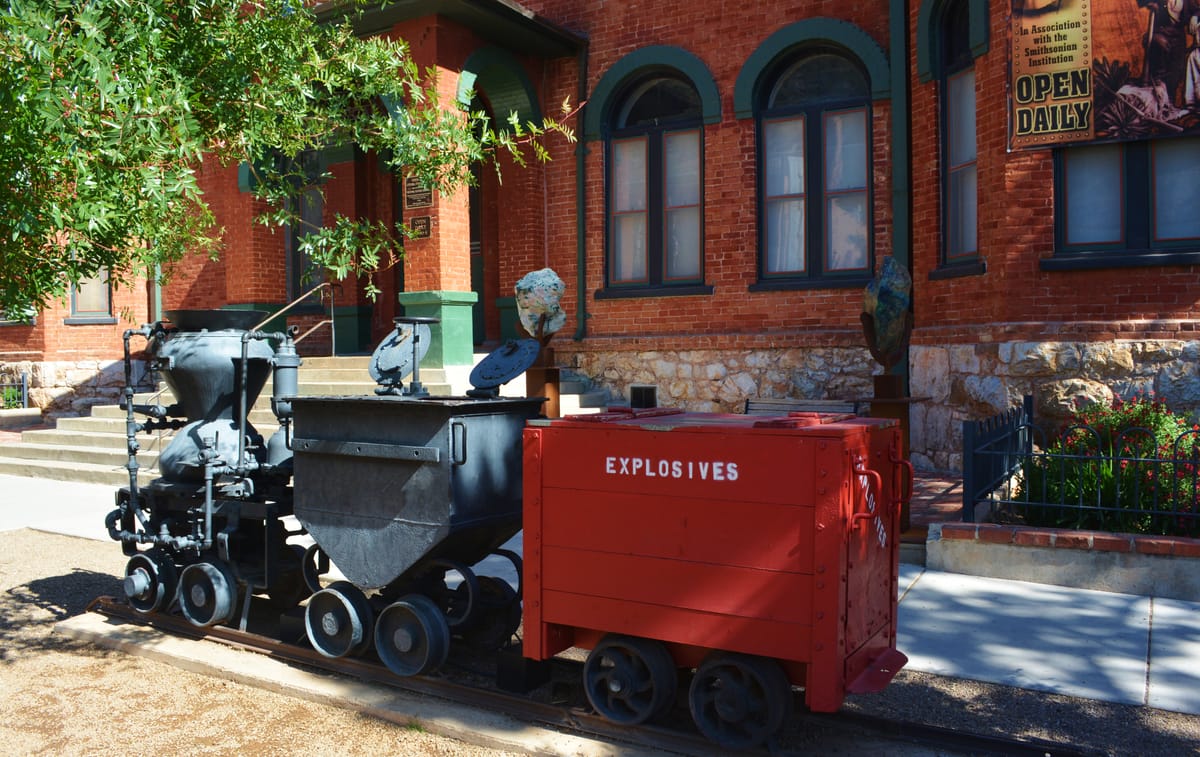
Arizona ghost towns were not uncommon after mines closed and their workers moved on to more lucrative prospects. But unlike other towns, where mine employees and their families left and entire communities disappeared into the desert dust, Bisbee lived on, thanks to an influx of creative free spirits who were drawn to this once raucous mining town.
They breathed new life into what could have been a dying town and made it their home. As a result Bisbee has been restored into an eclectic art town full of galleries, restaurants, and fascinating small hotels. So much that Bisbee was voted “Best Historical Small Town” by readers of USA Today.
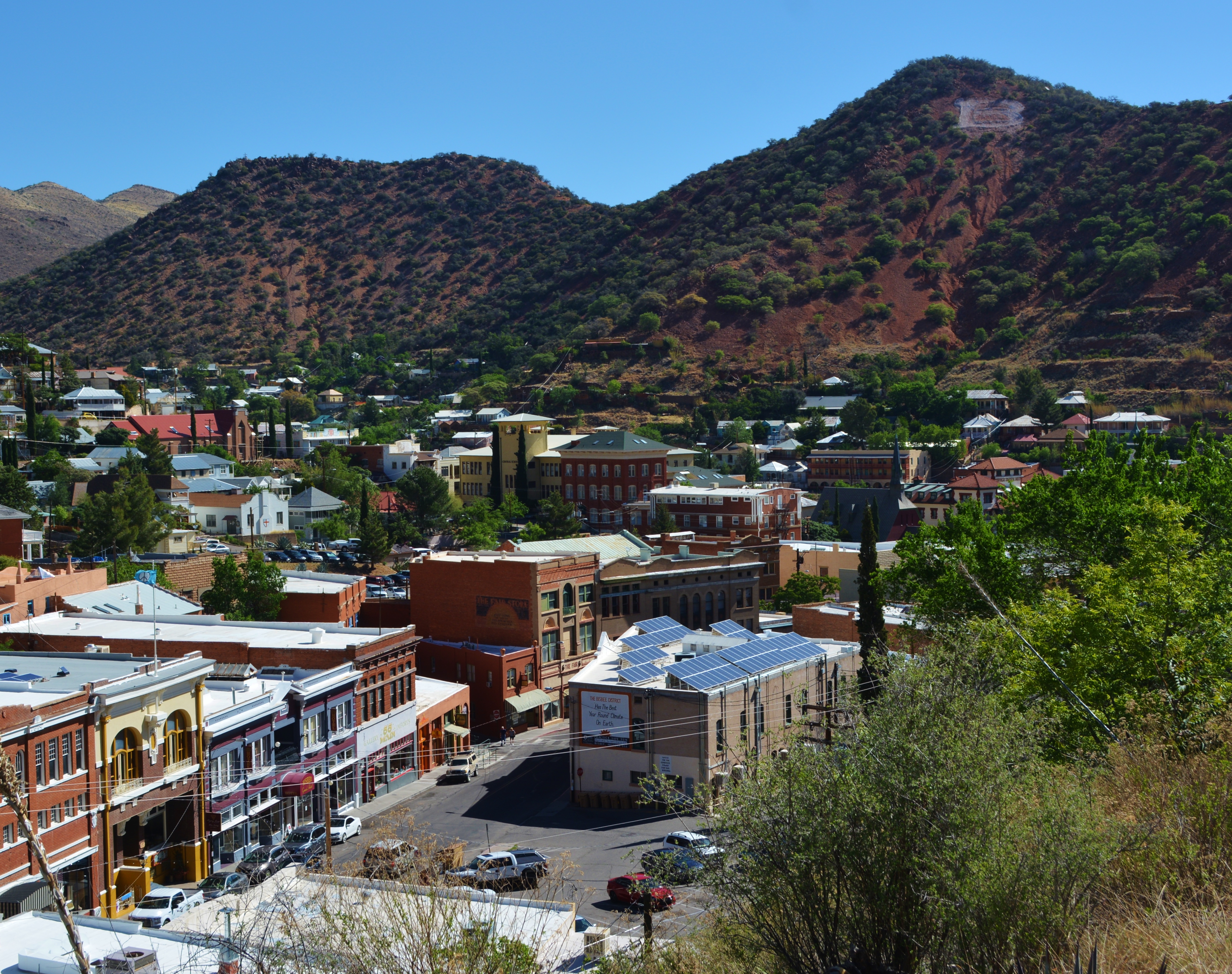
A Mining Town is Born in Bisbee
In 1877, a reconnaissance detail of U.S. army scouts and cavalrymen ventured through the Mule Mountains searching for renegade Apaches. What trackers discovered instead was an outcropping of ore and mountains filled with rich minerals.
The rumor of silver in “them thar hills” began attracting prospectors as early as 1877. A few years later, their diggings caught the interest of some San Francisco investors, among them Judge DeWitt Bisbee, for whom the town is named. Silver had been mined in nearby Tombstone Arizona, but it was the rich vein of copper and other less-than-precious metals that would make Bisbee’s fortune.
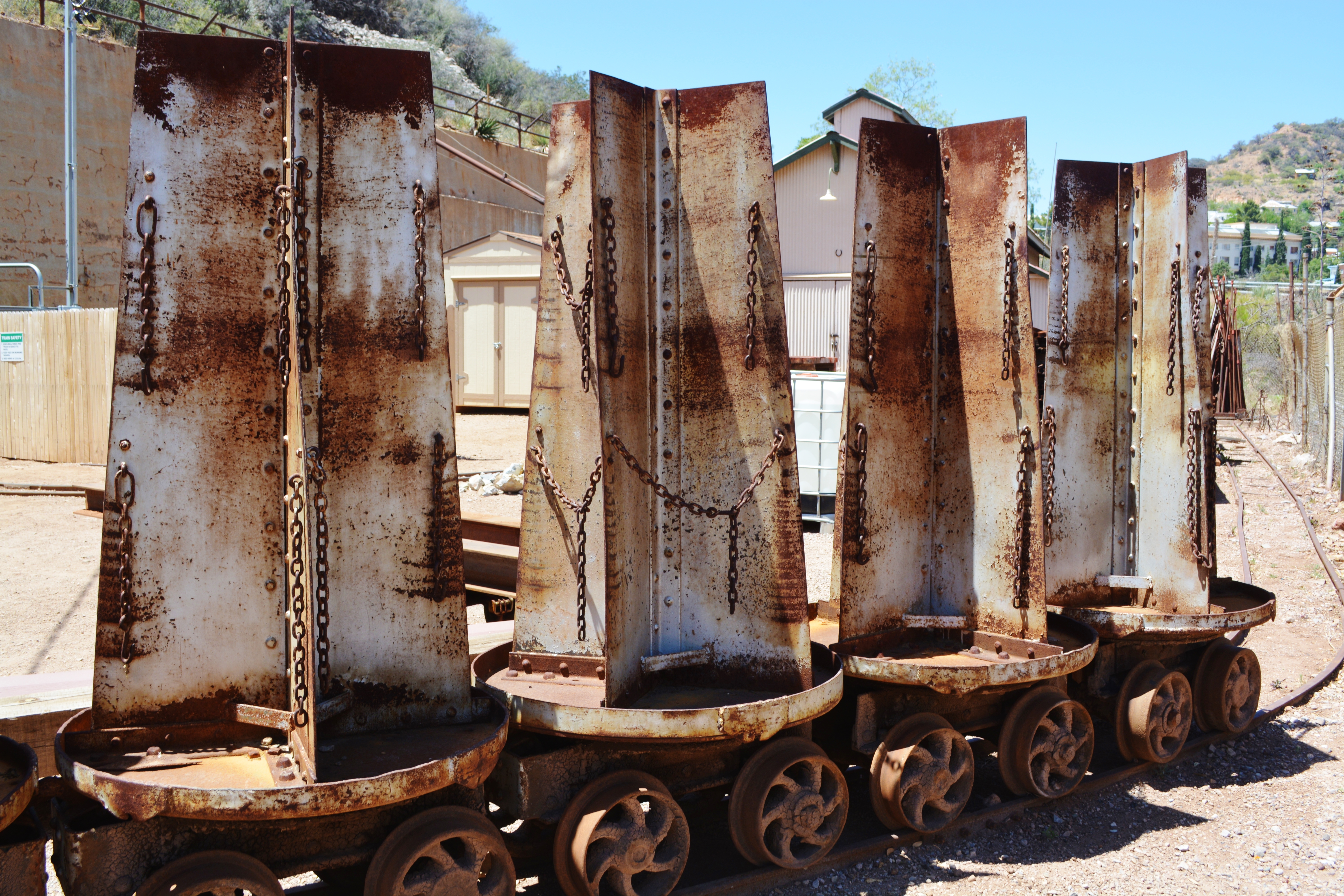
Mining in the Mule Mountains proved quite successful and by the early 20th century the population of Bisbee soared. By 1910, it was the most populous city between New Orleans and San Francisco. Thousands of miners toiled underground removing six billion dollars worth of minerals from the mines, mostly in copper. Bisbee sported nearly 50 saloons and bordellos along Brewery Gulch to keep the cowboys and miners entertained. As Arizona’s largest town Bisbee enjoyed its reputation as “the liveliest spot between El Paso and San Francisco.”
With the growing industrialization of America and the expanding role of electricity in modernizing our nation, the copper mines thrived. Two world wars and the Korean War stimulated the demand for even more copper. In almost a century of mining, 8 billion pounds of copper, 102 million ounces of silver and 2.8 million ounces of gold along with millions of pounds of zinc, lead and manganese were produced from the mines. By 1974, however, ore reserves had been depleted and mining operations closed by 1975.
Rebirth as Eclectic, Historic Small Town
Tucked into a narrow valley and built into the steep slopes of Tombstone Canyon only 90 miles from Tucson, the Bisbee of today was actually rediscovered in the early 1980s by aging hippies and burned-out urban dwellers seeking to escape the stresses of city life. The cool mountainous terrain and Victorian architecture conjured up a sort of 1960s San Francisco feel and artists were drawn to Bisbee like a moth to a flame.
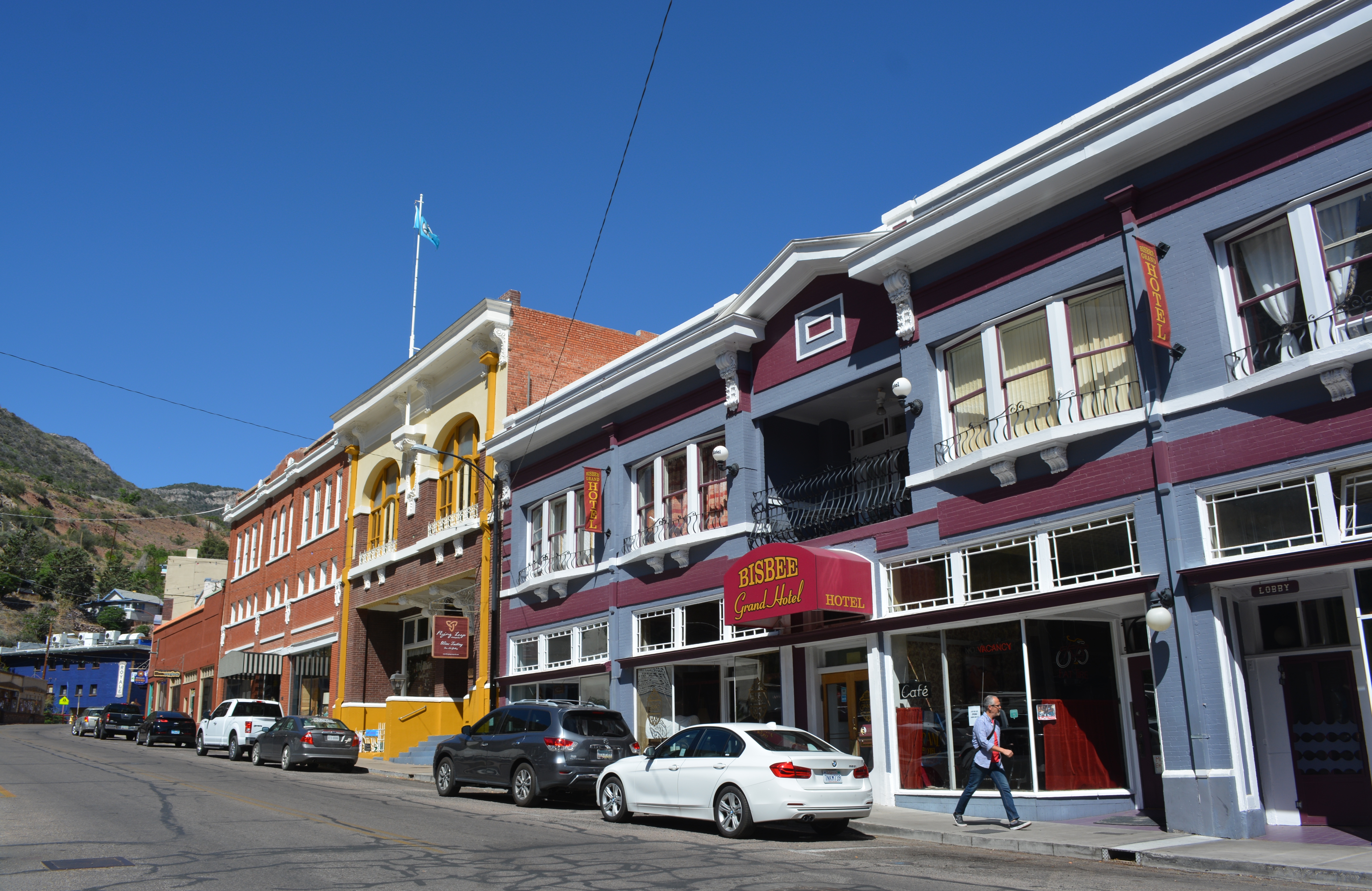
Bisbee remains one of the best-preserved historic small towns in the Southwest. Old brick buildings still line narrow winding streets, and miners’ shacks cling along sharp slopes overlooking downtown. Concrete stairs climb the steep canyon sides to more old homes perched precariously on towering hillsides.
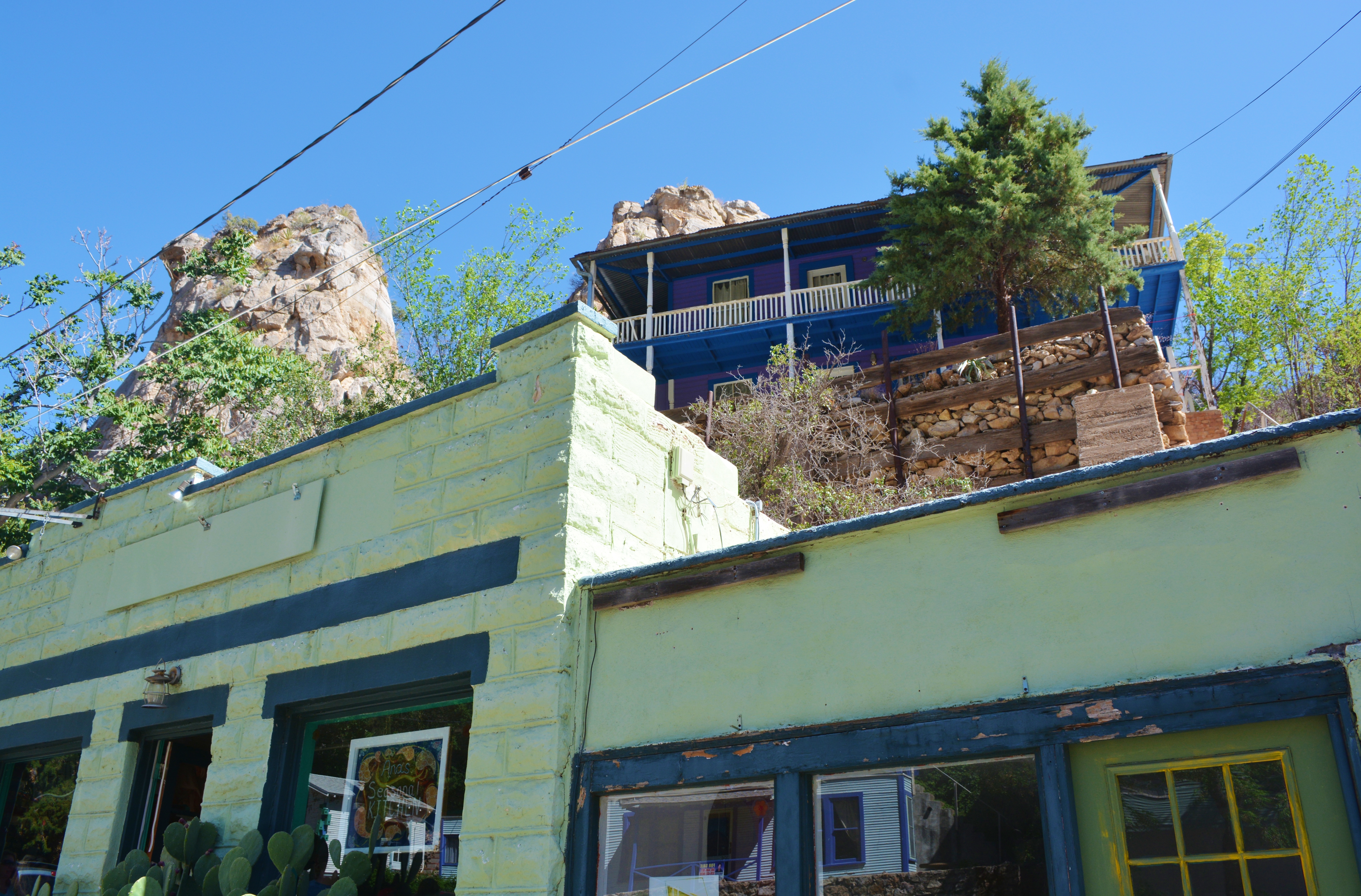
The locals are an interesting quirky mix of retired miners and their families, hippie jewelry makers, enterprising restaurateurs and boutique owners from all over the world. Bisbee is truly a walk through time that makes you feels as though you’ve somehow wandered into a time warp that connects today with yesteryear.
For a fascinating lesson in mining history, a visit to Bisbee’s famed Copper Queen Mine is not to be missed. Tours are led by Bisbee’s retired copper miners and visitors don a yellow slicker, hardhat and miner’s headlamp before being taken 1,500 feet underground by rail car to a cool 47-degree mine shaft containing the old workings of the famous Queen Mine.
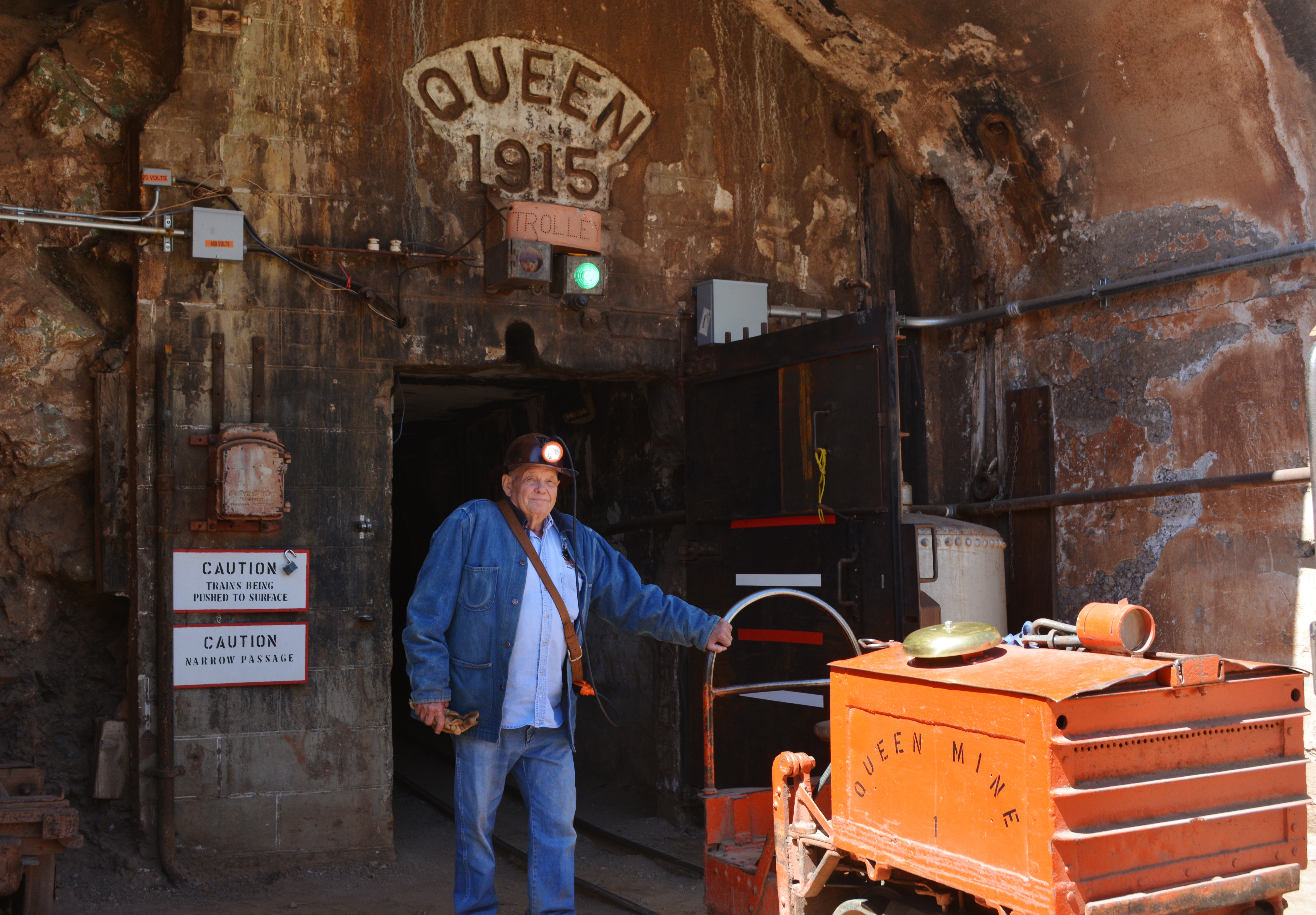
Bisbee’s historic small town legacy is being preserved, not only in its architecture and mining landscape, but in the Bisbee Mining and Historical Museum located in the center of town. A Smithsonian affiliate, the red brick building was constructed in 1897 to serve as the Copper Queen Consolidated Mining Offices. Colorful exhibits, photographs, and artifacts offer visitors a glimpse into the everyday life of Bisbee’s early mining community.

Built over a century ago, the Copper Queen Hotel is the grand dame of Bisbee. General John “Black Jack” Pershing, John Wayne, Theodore Roosevelt, and mining executives from all over the world have stayed at this hotel which maintains the ambience of the Victorian era Old West. The hotel also allegedly hosts three resident ghosts and a journal located at the front desk contains descriptions of guests’ encounters.
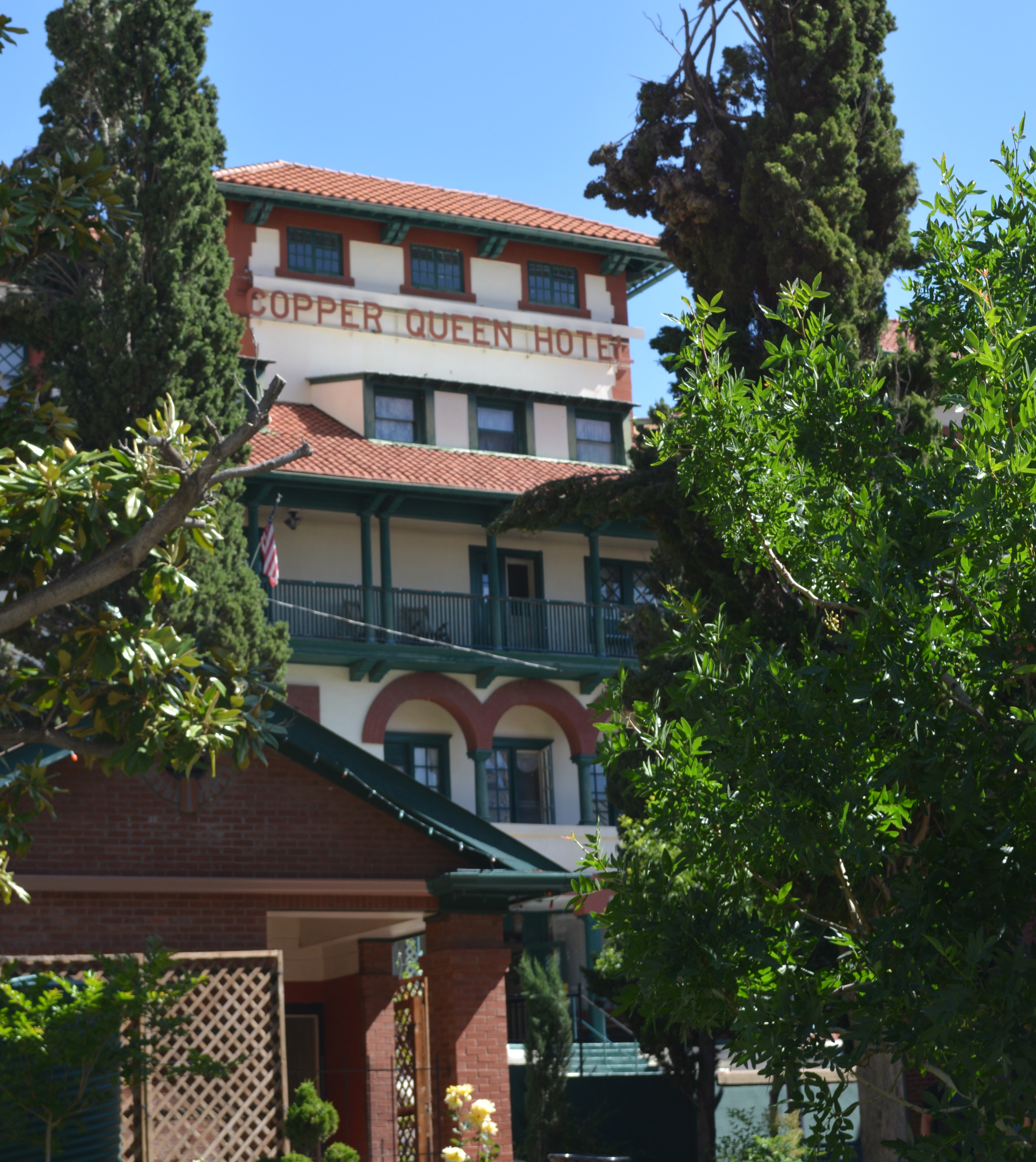
Mailing a postcard from the Copper Queen Post Office is a must. This historic relic of the past is a natural gathering site for residents who come to pick up their mail in lockboxes as there is no home mail delivery. The Copper Queen library, the oldest, continuously-operated public library in Arizona, established in 1882 is also located in this historic site.
Shopping in Bisbee is an eye-candy experience. The number of galleries, boutiques and design shops situated in this small town is impressive. Fine art, handcrafted jewelry, pottery, Adirondack furniture, antiques, collectables, vintage clothing and metallic creations are just some of the items on display. A quirky shop called Wildflower Jewelry & Art creates jewelry from repurposed roofing copper, vintage tins, aluminum cans, discarded puzzle tin boxes and even plastic Starbucks gift cards.
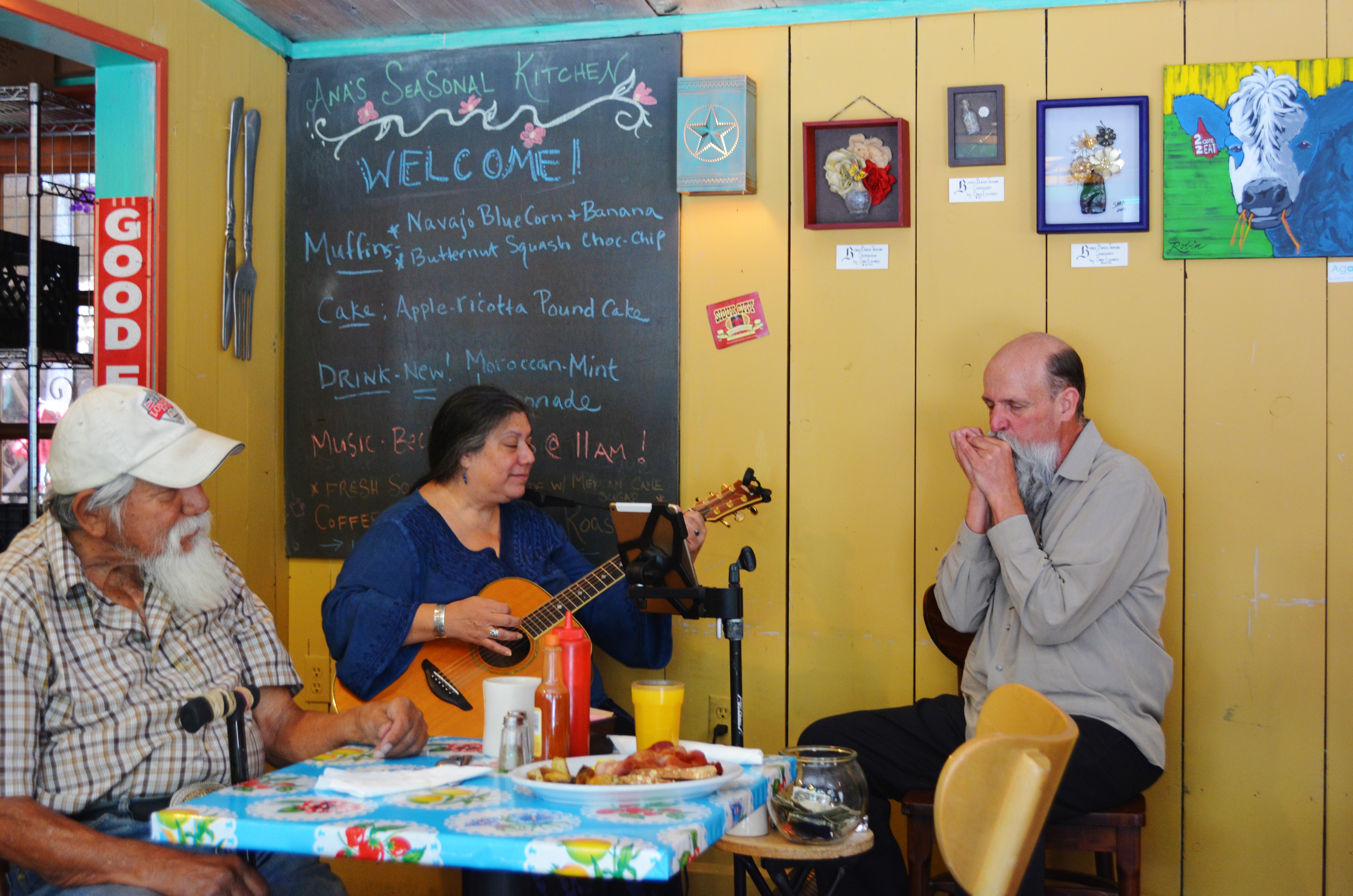
Restaurants in Bisbee are as Eclectic as its Residents
Bisbee’s 40 restaurants offer a myriad of choices from cafes and cantinas to saloons and fine dining. Following a local recommendation, we lunched at chef-owned and operated Ana’s Seasonal Kitchen featuring seasonal and local fare all freshly made from scratch. Housed in a century old building which used to be a pie shop from the copper rush days, the restaurant is owned by chef Ana who originally hailed from Spain. Guests are seated in either an outdoor wrought-iron fenced courtyard carved into the hillside or indoors where local folk musicians entertain guests with their melodic ballads.

Menus change according to the produce in-season. The butternut squash and cauliflower salad was fresh, crispy and flavors melded together perfectly. My spouse’s mouth watered over his tender steak sandwich made with grass-fed beef skirt steak with caramelized onion, baby greens and spicy mustard on a fresh-baked ciabatta roll.
One day spent in the historic small town of Bisbee and we could understand why these eclectic residents came and planted their roots deep into the heart of this laid-back, funky, life-loving town. As one artist who moved to Bisbee from Los Angeles said “I found my happy place and I’m never going back”. We get it.




